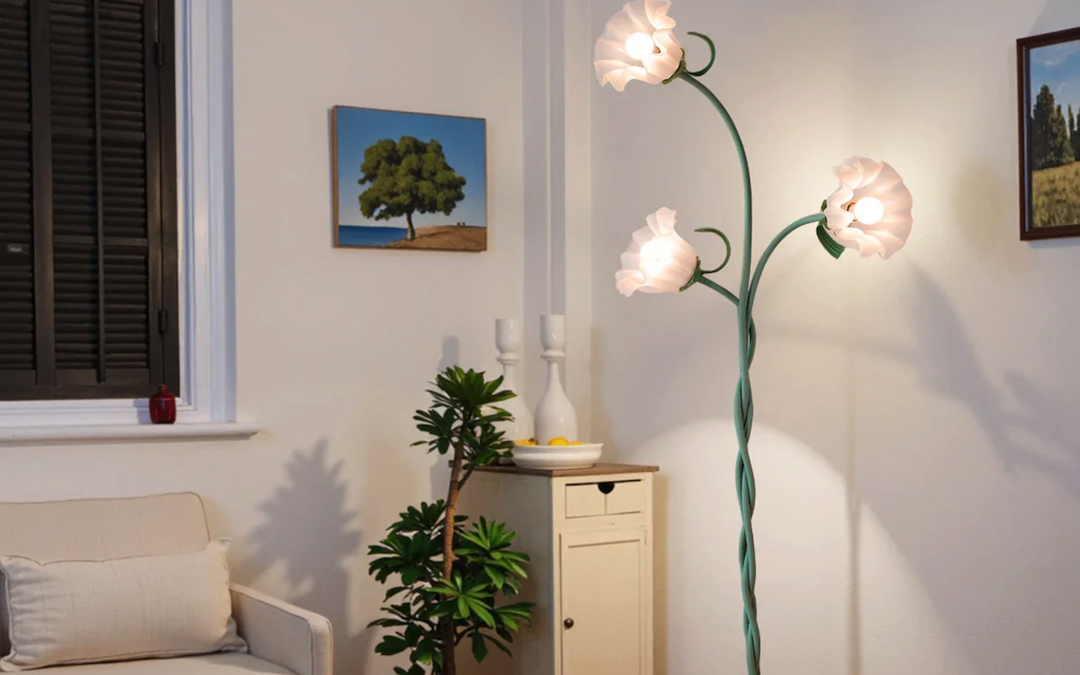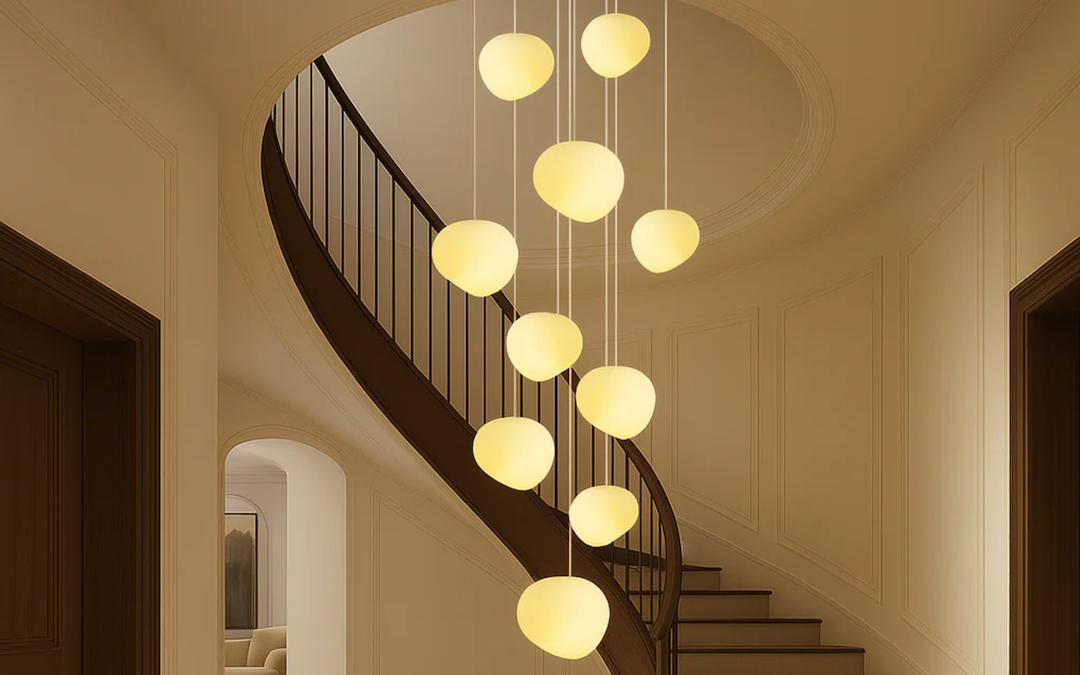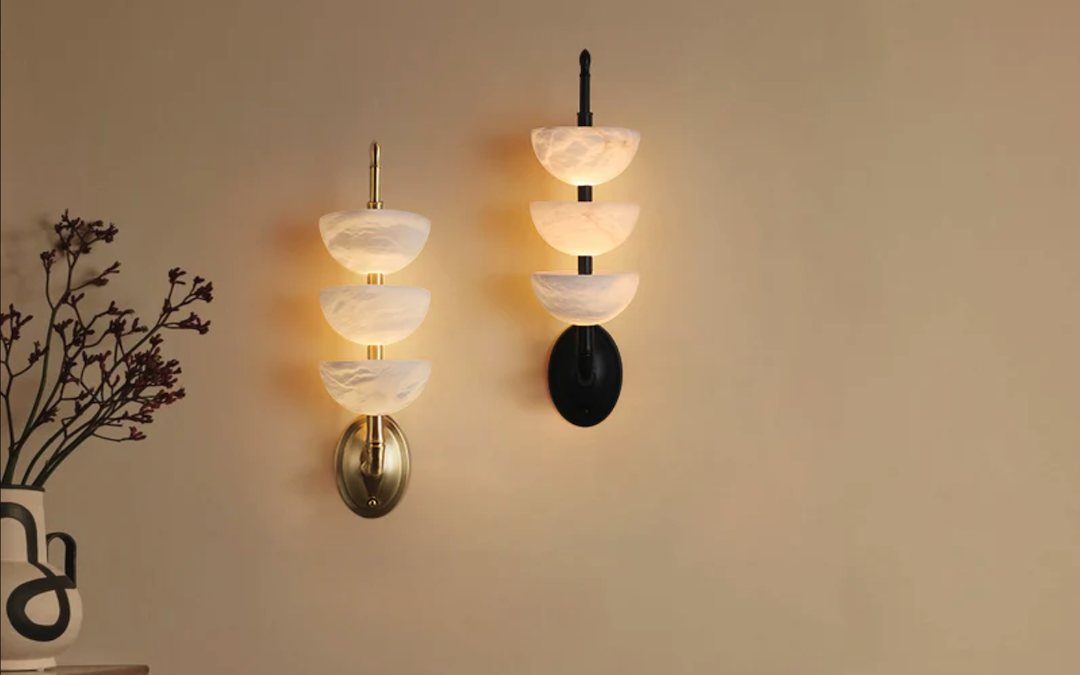The Benefits of Dark Green Lighting for a Sustainable Future
Introduction
Lighting plays an important role in our daily activities, from brightening up a room to making late-night travels safer. However, the way we light up our homes and cities contributes significantly to energy consumption and greenhouse gas emissions, which in turn impact the environment. Enter dark green lighting, a new technology that could change the way we think about lighting and promote a more sustainable future. This article will explore the benefits of dark green lighting and its potential implications for our society.
What is Dark Green Lighting?
Dark green lighting is an LED lighting system that reduces energy consumption and minimizes environmental impact. Instead of using traditional white LEDs, which emit blue light, a dark green LED uses red, green, and blue micro-LED chips to produce green light. This technology not only reduces energy consumption but also addresses concerns about the health impacts of blue light.
Benefits of Dark Green Lighting
Energy Efficiency
Dark green lighting is more energy-efficient than traditional lighting systems. According to research, dark green LEDs use up to 80% less energy than traditional LED lights, which translates to a significant reduction in power consumption, cost, and carbon footprint. The energy savings can also help to alleviate stress on the electrical grid by reducing peak loads, lowering the need for power plants, and lowering greenhouse gas emissions.
Environmental Impact
Dark green lighting has a lower impact on the environment than traditional lighting systems. It emits significantly less CO2 and reduces light pollution, which has negative effects on wildlife, particularly nocturnal animals. Moreover, dark green lighting is recyclable, and its components can be reused to make other products, reducing waste and promoting circular economy principles.
Health Impacts
Dark green lighting also has significant health benefits compared to traditional lighting systems. It reduces exposure to harmful blue light wavelengths, which can have negative health impacts, such as disrupting circadian rhythms, leading to sleep disruption, affecting mood and cognitive function, and contributing to eye strain and damage.
Implications of Dark Green Lighting
While the benefits of dark green lighting seem clear, the technology’s implications are significant, particularly in large-scale implementation. The broader adoption of this lighting system can lead to more significant energy and cost savings, lower carbon emissions, and promote a more sustainable society. However, it could also have implications for businesses that rely on traditional lighting systems, such as manufacturers, distributors, and retail shops. Additionally, new regulations and standards may be needed to promote and incentivize the adoption of dark green lighting.
Conclusion
Dark green lighting is a promising technology that can contribute to a more sustainable future. Through its energy efficiency, environmental impact, and health benefits, it has significant potential to reduce our carbon footprint and promote circular economy principles. As such, policymakers, businesses, and individuals must work together to promote the adoption and implementation of dark green lighting to achieve a more sustainable society.



